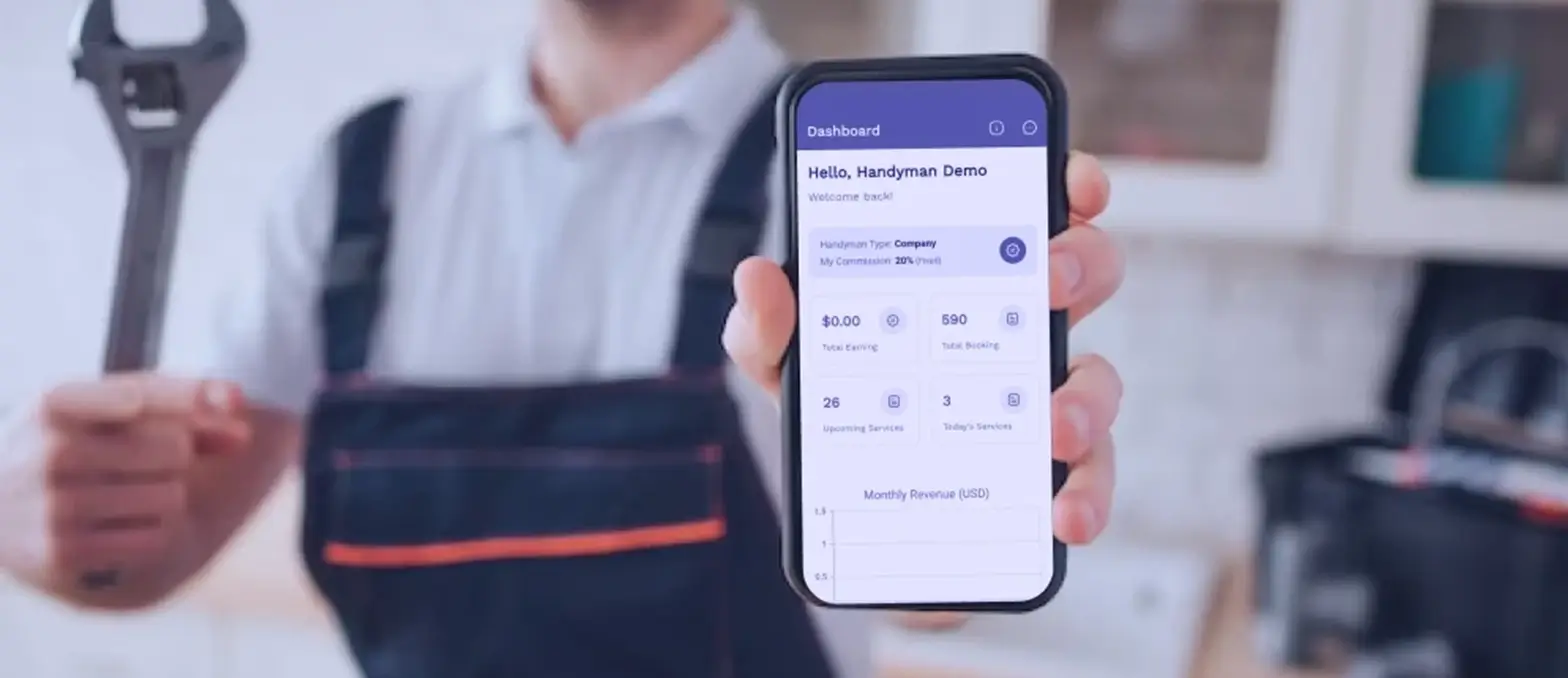Data visualization is an important tool that businesses of all sizes can take advantage of. When data appears on charts and graphs, it’s in a universal language everyone can understand, even without having previous technical expertise.
Businesses can more easily track things such as changing market trends, improve logistics, and more. While there are multiple data visualization tools available, one often tops the list. Tableau is effective, efficient, and a breeze to use.
However, are you getting the most out of Tableau? If you’re not sure, here are some quick Tableau tips for better data visualization to help you. When data visualization improves, it’s easier to make precise decisions that can help your business grow.
Don’t Delete Old Data Connections
Tableau comes with a variety of innovative features, and one lets you use connections from other workbooks. This can significantly shorten the amount of time it takes to input data. Yes, there are drop and drag features that make importing data files a breeze but it doesn’t always work with all connections.
Instead of going old school, you know, copying and pasting each data column, you can head over to Tableau’s control panel. If you haven’t explored the options in the control panel, now’s a good time to get started. Search for the option marked “other files”—this is the one you want to select.
From there, look for the workbook tab with the data source you want to use. Select that tab and you’re all set. Now it only takes seconds to connect to all of your data sources.
Data Doesn’t Need to be Perfect
Okay, you’re correct in presuming you don’t want to use dirty data. What is dirty data? This is data that may contain errors or is simply difficult to read. When data contains inaccuracies or is outdated, it’s often difficult for businesses to make appropriate decisions.
For example, you may believe a product is flying off the shelves when in reality only a few customers are loyal buyers. You may end up purchasing this product in bulk only to learn it’s probably going to be sitting around for a while. Now, you’ve given up valuable shelf space for a product no one is really interested in.
So, you do want to use precise data but you don’t need to wait around for it to be perfect. This is time-consuming and you can miss a prime decision-making opportunity. Instead, let Tableau identify any dirty data. This way you can promptly make changes before the opportunity to make a game-changing decision passes you by.
Use Best Visual Data Practices
You’re proud of the visual data designs you create. You love the bold colors that you’ve used and organizing all of your data into neat rows, columns, and graphs—even pie charts are your friends here.
You may even be at the stage where framing some of your data concepts sounds appealing. After all, this is great for you and to add as a décor in your office. However, have you stopped to think about others trying to make sense of your data?
Tableau has countless features for data visualization and you probably prefer some over others. Before you commit to using your favorite format, ask what works best for others. Your idea of what works great may be difficult for others to read and understand. Using best visual data practices means ensuring everyone can understand and use the supplied information.
Don’t Ignore Previous Work
An advantage of using Tableau consulting services is the tool’s ability to streamline data from multiple sources. The data visualization tool can organize tons of data in seconds instead of the hours you need to devote to the task, and the tool can take this efficiency a step further. Not only can you copy worksheets from other workbooks, but you can also copy entire dashboards—just imagine all of the time you can save.
How you copy data sheets and dashboards is a breeze, and it only takes a couple of mouse clicks. Right-click on the sheet or dashboard you want to copy, select “copy sheet” from the dropdown menu, right-click on the Tableau page, and finally select “paste sheet”. Now sit back and let the tool do the rest.
Pretty soon, you have charts and graphs displaying all of the data, including information from your previous work.
Don’t Forget to Test Before Sharing
A final tip you should already be putting into practice is to always test your design before sharing. The last thing you want is for other stakeholders to end up with slow-loading dashboards or charts with incomplete data.
By following each of these simple tips, you can improve data visualization, making it easier for everyone to read and understand. Consistently testing and refining your designs guarantees that all of your visualizations are both efficient and effective, ultimately enhancing the decision-making process for all stakeholders involved.












